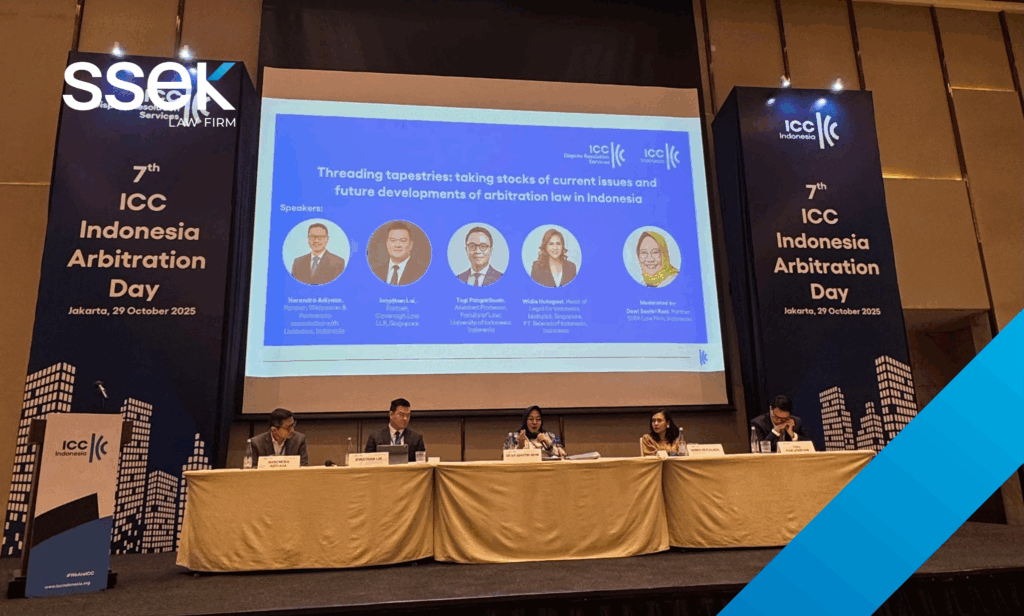27 April, 2015
Facts
The case of Golden Season Pte Ltd & Ors v Kairos Singapore Holdings Pte Ltd & Anor [2015] SGHC 38 (Singapore, High Court, 9 February 2015) involved, among other things, a counterclaim for breach of copyright in respect of brochures.
The plaintiffs (collectively, the “Plaintiffs”) in this suit are:
- Golden Season Pte Ltd, a company specialising in military and humanitarian relief products;
- Designer.SG Pte Ltd, a company specialising in contemporary home décor products; and
- Ling Yen Wu, the sales director of Golden Season Pte Ltd and the design director of Designer.SG Pte Ltd.
The defendants (collectively, the “Defendants”) in this suit are:
- Kairos Singapore Holdings Pte Ltd, a company that provides inflatable boats, marine products and yacht charter services; and
- Roy Soeigiarto, the director of Kairos Singapore Holdings Pte Ltd.
The dispute was set against the backdrop of the 2011 monsoon season which caused severe flooding in Thailand. On 12 October 2011, the Plaintiffs contacted the Defendants to express interest in purchasing inflatable boats and related equipment for the purpose of contributing to the disaster relief effort in Thailand.
In the course of the parties’ correspondence, a meeting between the Plaintiffs and the Defendants was arranged. The following points were alleged by the Plaintiffs:
- that the parties had entered into an agreement whereby the Plaintiffs would become the exclusive reseller of the Defendants’ goods;
- the Defendants had given the Plaintiffs permission to use photos of the boats owned by the Defendants;
- the Defendants had allowed the Plaintiffs to remove the logo of the Defendants on such photos so that the Plaintiffs could market the goods as their own; and
- the Plaintiffs also claimed that the Defendants agreed to remove their prices from the Internet and not to further publish their prices.
Subsequently, the parties fell out and the Plaintiffs sued the Defendants for defamation and/or malicious falsehood whilst the Defendants counterclaimed that the Plaintiffs’ release of public brochures and/or other printed matter bearing the Golden Season’s names (“Modified Brochures”) had infringed the copyright in a number of works belonging to the Defendants. The issue before the Court, amongst other things, was whether the Plaintiffs had infringed the copyright in the brochures belonging to the Defendants (“Defendants’ Brochures”).
Decision
Originality And Authorship
First, the Court sought to address whether the works are original and whether the Defendants are the copyright owners of the same.
In relation to the photographs which appeared in the Defendants’ Brochures, the Court found that the Defendants were taken by Roy himself and thus, the photographs were original works in which copyright subsisted.
As for the content in the Defendants’ Brochures, the Plaintiffs alleged that the Defendants had copied some of the specifications of their boats “word for word” from another company, Saturn Inflatables. Notwithstanding this however, the Court held that the Defendants’ Brochures when taken as a whole, were original works in which copyright subsisted. This is supported by the fact that the information was being promoted and presented in a different way by the Defendants.
The Court also noted that it was crucial to bear in mind that it was each of the Defendants’ Brochures as a whole that the Defendants asserted copyright in, and the question to ask was whether each of the Defendant’s Brochures as a whole was an original literary work. Further, the Court stressed that simplicity in the works does not prevent a work from acquiring copyright and all that is required is that the author created it and has not slavishly copied it from another work.
Accordingly, the Court concluded that copyright subsisted in the Defendants’ photographs and brochures.
Infringement By The Plaintiffs
The second issue that the Court sought to address was whether the Plaintiffs had reproduced a substantial part of the copyright work without the licence of the Defendants. Determination of this point involved a two-stage inquiry:
- whether the Plaintiffs copied the Defendants’ Brochures; and
- whether the material copied comprise a substantial part of the copyright work.
With regard to the first inquiry, the Court held that it is well established that what is required is sufficient proof of a causal connection between the copyright works and the alleged infringements. In the absence of an admission of copying, the beginning of proof normally lies in establishing similarity of the two works together with proof of access by the party alleged to have copied, thus giving rise to an opportunity to copy.
The Court found that the Plaintiffs had copied from the Defendants’ brochures and photographs based on:
- similar informational content and arrangement;
- almost identical reproduction of the pictures of the Defendants’ boats; and
- an admission by the Plaintiffs during cross-examination that copying was done.
On the issue of whether the copying was substantial, the Court highlighted that substantiality is determined on a qualitative basis. Based on the facts, the Court was satisfied that the Plaintiffs had taken and used the photographs in the Modified Brochures and the case of infringement had been made out.
However, in relation to the similarity of the specifications and technical information, the Court acknowledged that this similarity would not be surprising if the products were generally from the same manufacturer or the same line of manufacturers. In such cases, proof of copying of the elements of the allegedly infringed copyrighted work which is not original to that copyrighted work itself would not ordinarily be regarded as a copying a substantial part of that copyrighted work.
The Court also found that the Defendants had not granted the Plaintiffs a licence to copy the Defendants’ Brochures, whether as part of an oral reseller agreement (as claimed by the Defendants) or otherwise. The Court reviewed the available evidence and concluded that there was insufficient corroborating evidence to suggest that such an agreement had been made. The Court highlighted that it would only be natural to evidence the existence of such agreements in form of emails, contemporaneous notes, call logs, or messages especially where such agreements are entered into by corporate entities, conducted by businessmen who have some experience in the business world. However, there was no such evidence adduced by the parties to this effect.
Accordingly, the Court held that the Defendants succeeded in the counterclaim for copyright infringement.
Our Comments / Analysis
This case illustrates that it may sometimes be difficult to establish that there has been substantial reproduction in relation to work where what is copied is itself not original. This issue can present itself in some instances and in respect of certain types of information, where the information relates to technical specifications provided by manufacturers and the expression of such content may be necessarily limited in that the content must conform to third party / wider standards.
This case also serves as a reminder that any agreement made between parties should be properly documented as evidence of its existence and in order to diffuse the potential for disputes over the existence of such an agreement down the road.
For further information, please contact:
Chung Nian Lam, Partner, WongPartnership
chungnian.lam@wongpartnership.com
Jeffrey Lim, Partner, WongPartnership
jeffrey.lim@wongpartnership.com





